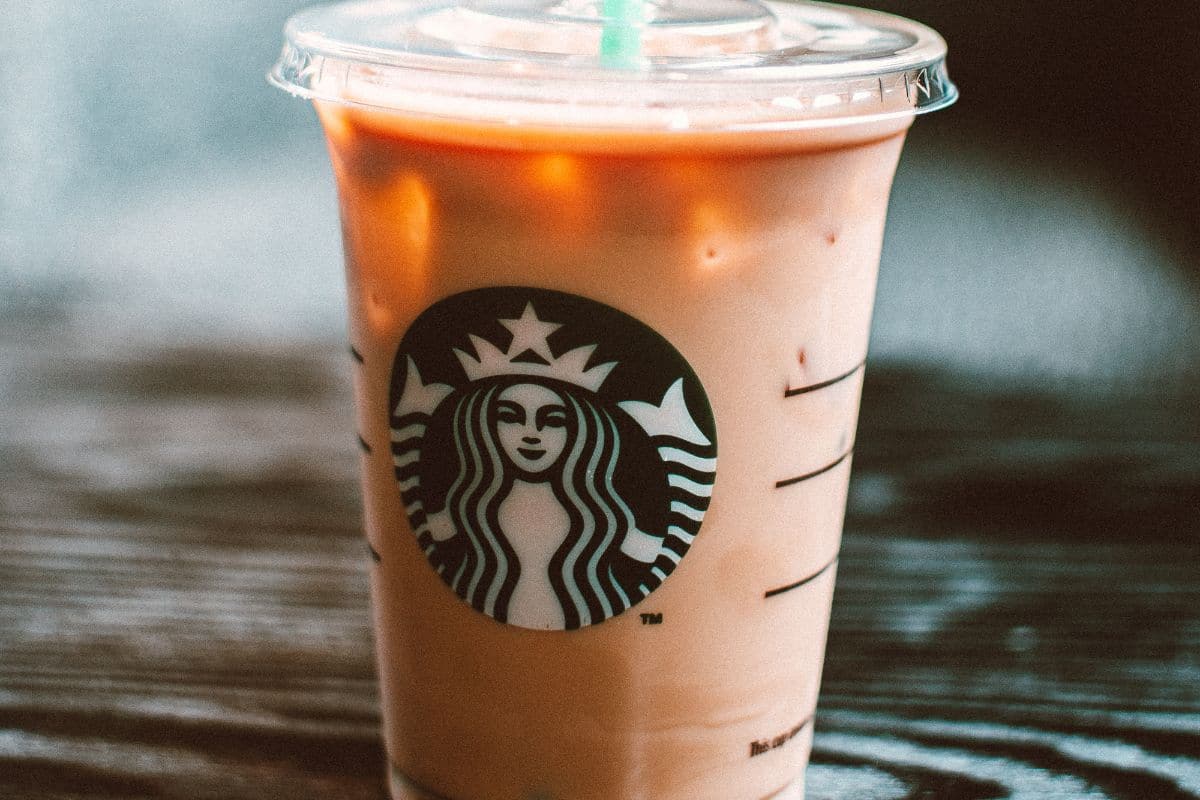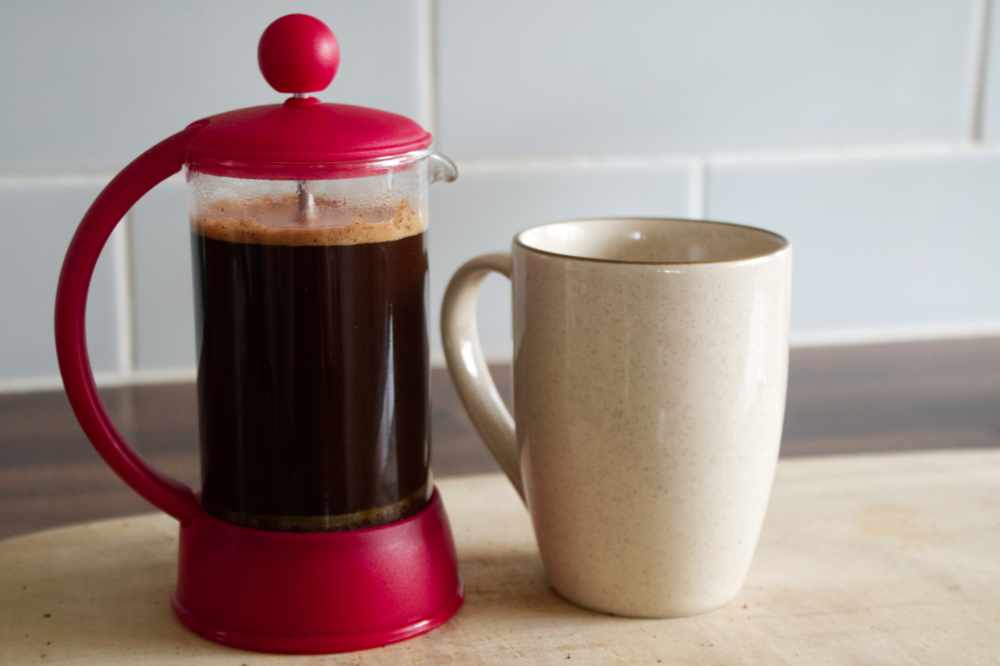Fresh coffee is hard to beat. All those wonderful aromas and delicious flavors combine to give a drink that’s hard to beat. We all want to be pro-baristas when it comes to brewing coffee but the reality is, this is easier said than done.
Whole beans will give your cup of coffee an edge but if you don’t know how to grind them properly then this advantage is lost. It doesn’t take a genius to grind those beans to perfection, just a little trial, and error and you’ll be well on your way to the perfect cup of joe.
To grind coffee beans, get your burr grinder at the ready, weigh out the amount of coffee you wish to use, add them to the bean hopper, close the lid, set the machine to the desired grind setting, and press the on button.
This all sounds straightforward in theory but how do you know what the correct setting is? What’s a burr grinder, and what’s the difference between a coarse and a fine grind?
Here are all the important things you need to know when it comes to brewing coffee by grinding your own beans!
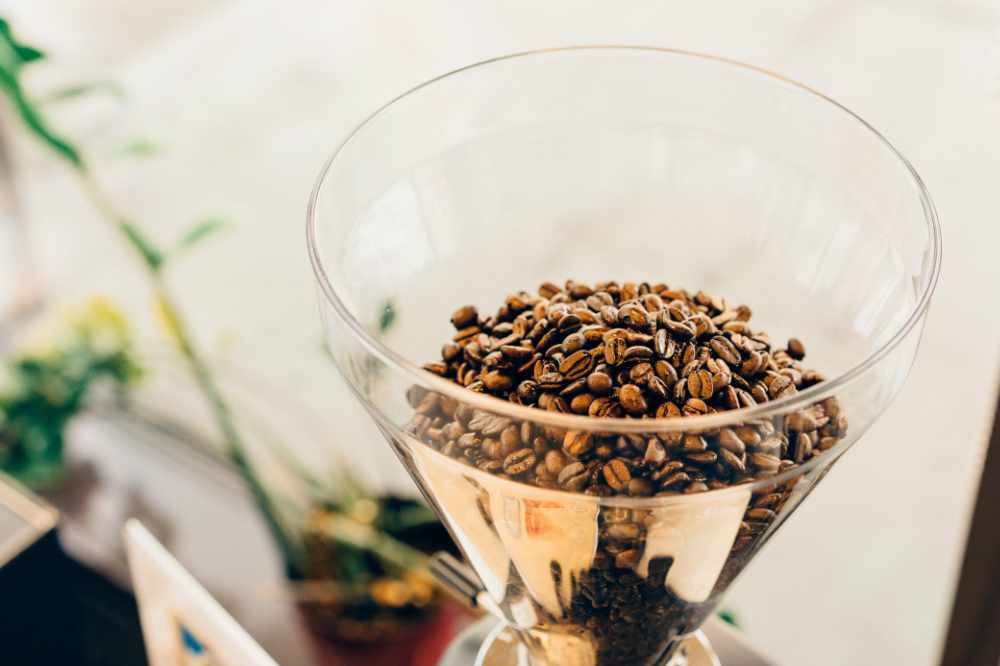
Fine Grind vs Coarse Grind
When you hear people talking about grind size for coffee you can end up with a lot of words and phrases being thrown around and it can become difficult to understand what they’re actually talking about. The grind size is a measurement of the particle size of the coffee beans once they’ve been ground up. Very small coffee particles give you a fine grind and larger, chunky ones are called coarsely ground. A medium grind is somewhere in the middle. If you buy whole bean coffee then you need to know how to grind it up to suit your chosen brewing method.
Why it’s Important to Select the Correct Grind Size
Different kinds of coffee makers require different grind sizes to brew the best-tasting coffee. The general rule is (although there are some exceptions) that you want to use a coarser grind for a longer steeping time. If the grounds are going to sit in contact with the water for a long period of time then you need a smaller overall surface area (achieved with a coarse grind) to avoid bitter flavors from being released. If the brew time is shorter then you need a larger surface area of coffee, so a finer grind, to ensure enough flavor is released from the beans.
Selecting the wrong grind size will leave your coffee tasting thin, bland, and weak due to under extraction or it will taste bitter due to over-extraction. Make sure you know which coffee to choose to suit your favorite brewer.
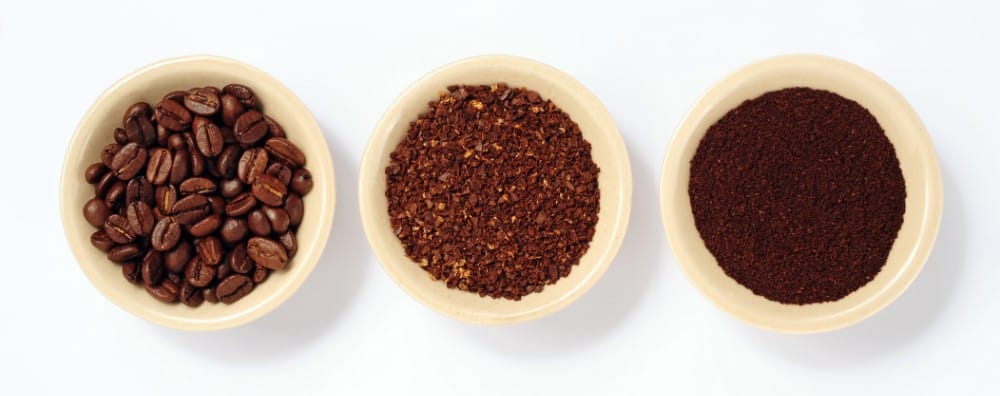
Different Types of Coffee Grinder
To really confuse you, there are different types of coffee grinders out there. Once you understand how these work you’ll always end up with a consistent grind.
Blade Grinder
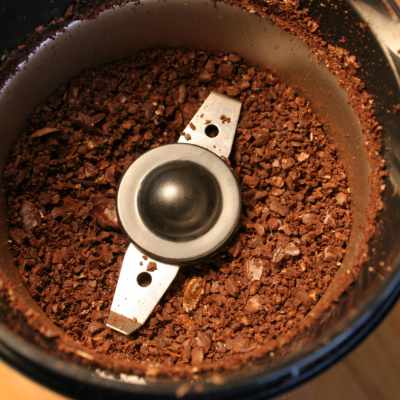
A blade grinder from above. You can see there are all different sizes of grounds in there.
Blade grinders are cheap to buy and work a bit like a food processor. They have rotating blades that roughly chop your coffee beans up. The issue is, they have no ability to grind coffee to a particular consistency. The beans fly around inside the grinding chamber and the blades randomly contact them creating a mixture of grind sizes from extra fine to very coarse. Another problem with these grinders is that the blades heat up as they work so they can end up burning the coffee beans before they even make their way into your cup. These grinders are best used for spices and not ideal for brewing a great cup of coffee.
Burr Grinder

A burr grinder grinding beans. Instead of blades, it uses burrs to crush beans down to a certain size.
Burr grinders are by far the better choice for any type of grind you’re after. They work using rotating cog-type attachments with burrs around the edge. By adjusting the settings you can alter the distance between the cogs and this gives you different grind settings. This kind of grinder uses either conical burrs or flat burrs. Both do a great job at grinding your coffee but the flat burrs tend to clog up easier when used for super fine grinds. These grinders won’t heat up and burn your beans and coffee shops always tend to use conical burr grinders to get the best grind.
Manual Grinder
Manual or hand-powered coffee grinders are great for on-the-go use. They come as burr or blade grinders so it’s always worth selecting the burr grinder option. They work by you twisting a handle on the outside of the device to manually turn the cogs. They are ideal if a power source isn’t available (ie camping, hiking, etc) but otherwise, they are very slow and time-consuming to use.
Espresso
Espresso machines brew coffee by forcing hot water through the grounds at high pressure. They take around 25s to brew a shot so have a very quick brew time. For this reason, you need a fine grind to allow all those flavors to be extracted but still avoid a bitter brew. Set your coffee grinder to a fine setting but not the smallest option.
Turkish Coffee
Turkish coffee is a bit of an anomaly when it comes to grind size for a chosen brew method. It uses an immersion brew process yet it requires an ultra-fine grind setting. The coffee should be powdery in texture and yes, this kind of coffee is known to have bitterness included in the taste.
Moka Pot
Also known as the stovetop espresso maker a Moka pot is a coffee brewing method that uses steam pressure to make a rich and dark, espresso-like cup of coffee. The grind consistency wants to be a medium-fine grind a bit like table salt. It’s a bit coarser than espresso but not as coarse as a drip coffee.
Aeropress
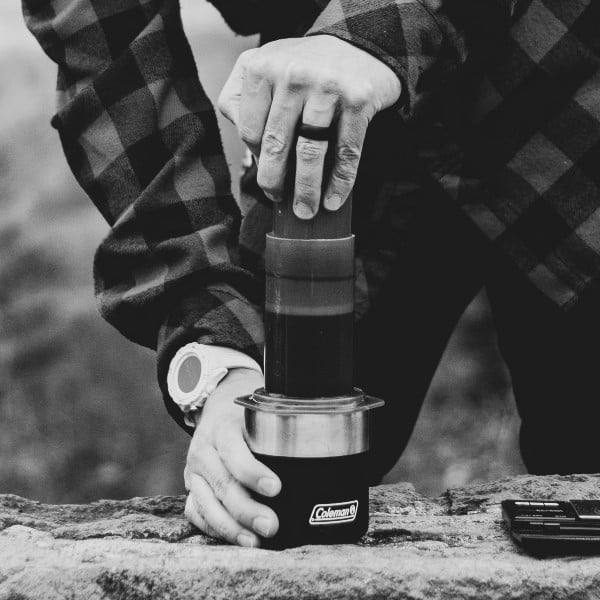
An Aeropress is a lightweight and convenient way to brew coffee that combines immersion brewing and pressure to filter the coffee. It works like a large syringe where the coffee brews in the central chamber and then you press down on a large plunger to force the liquid through a paper filter. This brew method requires a medium-fine grind, very similar to the Moka pot.
Drip Coffee/Pour-Over
A drip coffee maker is essentially pour-over coffee, just automated. They both use paper filters held in brew baskets as hot water is poured over this from above. The water contacts the coffee for longer than espresso brewing but not as long as immersion brewing. For this reason, you need a medium to medium-coarse grind setting.
French Press
French press is a classic immersion brew process that allows coffee to steep in the water for up to 4 minutes before the plunger is pressed down and a mesh filter separates the grounds from the liquid. Coarse ground coffee is the best coffee to use and this gives maximum flavor and minimal bitterness.
Cold Brew Coffee
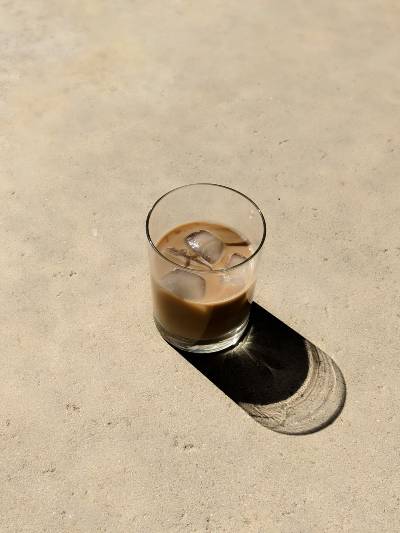
Cold brew coffee drinkers know that this brew method can yield the perfect cup if you don’t mind waiting for 12 hours or so. It’s a brew method that uses cold water to slowly extract all those delicious coffee flavors but you have to leave it steeping for 12 hours or more. For this reason, an extra coarse grind is needed.
How to Grind Coffee Beans Without a Grinder
There are ways you can crush those beans manually if you’re stuck without a grinder and really need a cup of joe! Add some beans to a freezer bag and place them on a solid wood cutting board. Take a rolling pin, rubber mallet, or meat tenderizer and smash those bad boys to your desired consistency. You can also use a mortar and pestle to achieve a similar result.
Another solution is using a food processor to mimic the grinding process but make sure you only turn it on in short bursts. This allows you to shake or tap the device to bring larger grounds to the surface so they will be chopped up in the next burst. It also prevents the blades from heating up so you won’t end up with burned beans.
Why Not Buy Pre-Ground Coffee
Most coffee lovers agree that fresh is best when it comes to brewing coffee. You can buy coffee that’s ground up and ready to use but the problem is that this loses a lot of the flavors and aromas that are found in freshly ground beans. Grocery store coffee is often the worst culprit for selling beans that are past their best.
If you want the freshest, best-tasting java, choose whole bean coffee, ideally fresh from a local coffee roaster and you’ll never look back. It’s always a good idea to only grind the amount of coffee you wish to use each time to preserve this fresh taste.
Final Thoughts
Grinding up coffee beans isn’t rocket science, it just takes a bit of know-how to get the best results. Learn which grind size suits your brew method and grind up only what you need. Whether you’re a Chemex connoisseur or a percolator pro, choosing the correct grind of coffee is the only way to ensure a delicious cup of java every time.


